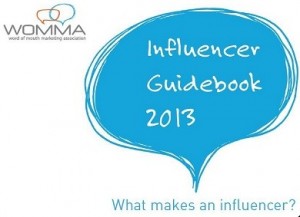Yesterday I had the pleasure of discussing the evolving role of the Chief Marketing Officer (CMO) with Sabrina Stoffregen, Corporate Initiatives Marketing Manager and Director of Intel’s Ambassador Program.
Traditionally the CMO has been responsible for building the brand outside the organization in critical areas such as:
- Reputation, Community Responsibility, Brand Equity
- Driving demand for lead development of offerings (products, services, solutions)
- Improving customer engagement
- Delivering measureable value at each stage of the Customer Lifecycle
Increasingly, CMOs are leading efforts to build the brand from inside the organization as well. Expanding critical relationships and change management requirements drives the need for collaboration across multiple business units and organizations, in such areas as:
- Supporting the CEO and partnering with C-Suite to address transformation across business functions i.e. CRM, customer engagement
- Supporting other key C-Suite leaders across the organization, such as CHRO, to communicate company values, building programs that inspire employees to adopt cultural beliefs and act as active and engaged brand champions, delivering on brand promise

CMOs Growing Influence
As a result of the explosion of emerging technologies that support marketing automation, improvements in customer relationship management, increased pressure to respond swiftly to changing market conditions, and customer expectations, the CMO requires capabilities to make better informed decisions based on analytics and insights. As a result, they’ve become a key influential decision maker on:
- Technology decisions to support marketing, sales, customer experience
- Business Intelligence & Analytics
- Business and workforce transformation – especially in critical areas such as Social Business, CRM and Employee + Customer Engagement
- Talent management: acquiring and retaining talent, rapid workforce skills development in digital, social, mobile skill sets


